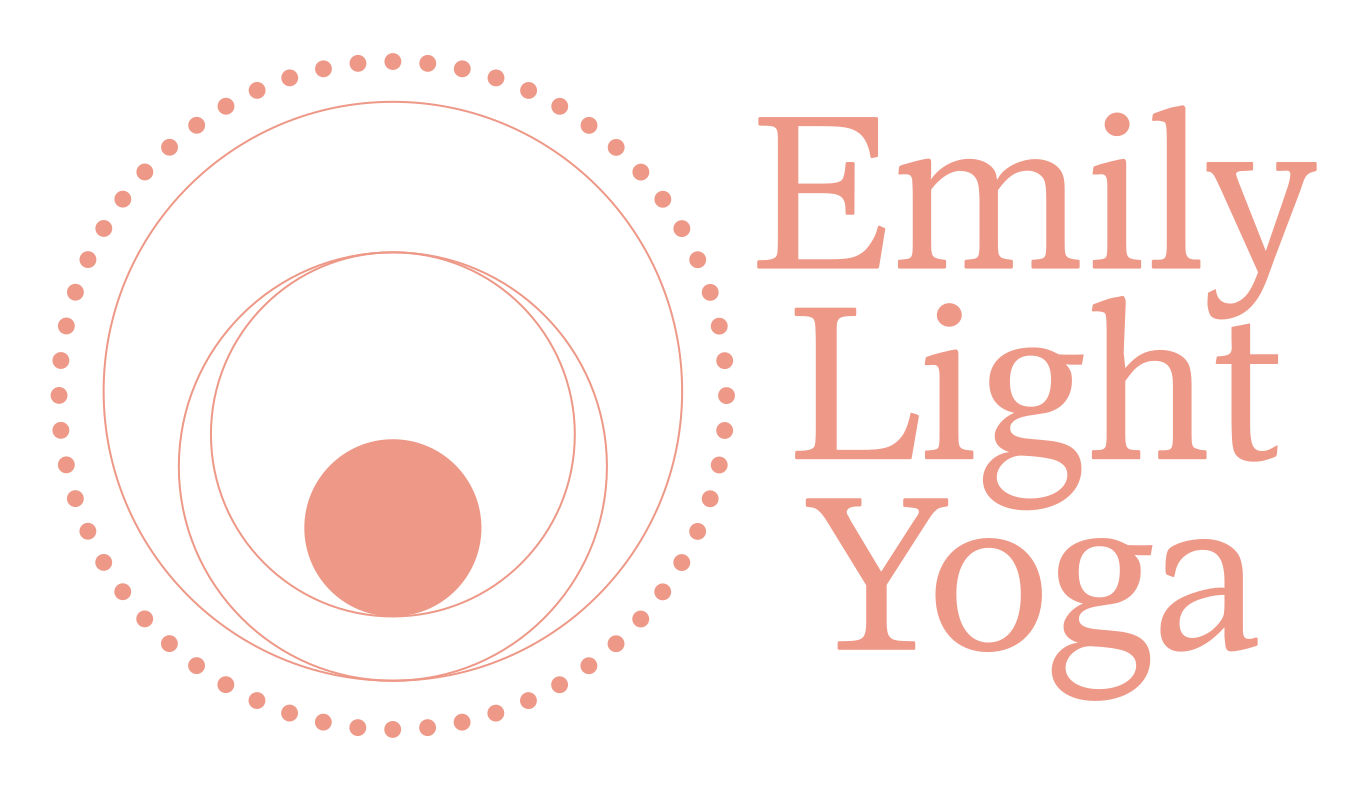The Buzzing Breath / Brahmari Pranayama
The exhalation part of the breath cycle activates the parasympathetic nervous system (rest and digest), and a lengthened exhalation enhances that activation. In this very basic sense, Brahmari is like other breathing techniques in which the exhale is elongated. Generally, these types of pranayamas are used to calm, quiet and soothe.
Humming (including Brahmari), singing, and chanting all activate the vagus nerve, part of the parasympathetic nervous system. Overtime, the repeated activation strengthens the vagus nerve. When our vagus nerve is “strong”, our nervous system responds appropriately to our circumstances and needs. We’ll have an easier time staying tethered to a place of calm and ease, even when there’s stress or challenge, and when we do spike into a sympathetic stress response, we’re able to shift gears and downregulate more quickly – thanks vagal brake!
Humming, Brahmari, singing and chanting also activate the sympathetic nervous system. This dual arousal happens when we are mobilized (sympathetic) while in a safe and social neural network (ventral vagal parasympathetic), and we see this also in play activities, when we’re feeling enthusiastic, inspired, etc. All of these practices and experiences support healthy and balanced nervous system function.
Brahmari is a great tool for focusing the mind because you’re making a sound and creating a somatic sensation – engaging two senses at once (hearing and touch). Through touch sensation, its affects on the nervous system, pranic body, etc., Brahmari builds awareness of the body, opens channels that feel congested or stuck, and is used in pain management. You can change the pitch of the sound of your buzz to vibrate different areas of the body to guide the Brahmari.
Buzz as loud as you can without creating tension in your face, jaw, or neck. Try buzzing in different postures, like sitting, standing with feet hip width, laying down, in Warrior II pose, etc. You can also plug your ears with your thumbs and rest your fingertips on your scalp to bring your attention more internal.
Quiet your eyes, relax your face, jaw and tongue and maintain a little space between your teeth.
Exhale everything out.Inhale through your nose.
Exhale through your nose while making a buzzing sound.
Throughout the practice, welcome a sense of wide open spaciousness into your skull and all the cavities of your skull, into your mouth, throat, chest and abdomen.
Repeat for a few minutes, then rest while letting your body breathe you, any way it needs for a few moments or more. Notice any sense of the vibration that may still be lingering after the sound stops, as well as any the other effects of the pranayama.

